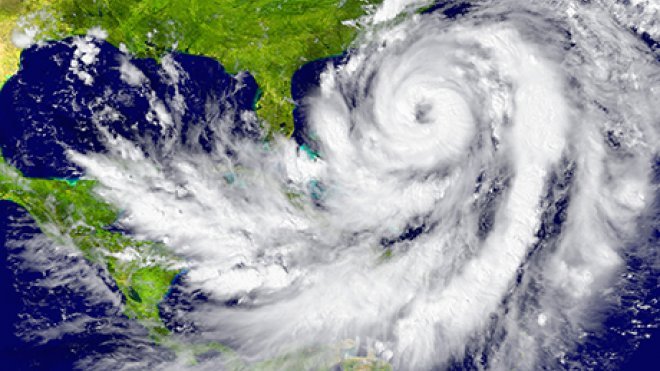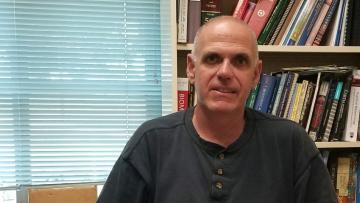RWU Professor Examines Frequent Storm Activity
As intense, consecutive storms continue to hit the country, signaling a change in hurricanes, environmental science expert weighs in.

BRISTOL, R.I. – Harvey and Irma have come and gone, leaving back-to-back destruction in their wake. With Jose here and Maria on our radar, are we experiencing a high frequency storm system? Or are these storms part of a larger change in the environment? Scott Rutherford, Associate Professor of Environmental Science at Roger Williams University, argues the distinction.
“The intensity of hurricanes is certainly increasing. We have warmer waters, hurricanes draw energy from warmer water. As the waters get warmer, it creates larger storms. And that intensity is likely to grow,” says Rutherford. His work with an international research team published findings on changes happening within the Atlantic Ocean in 2015.
“The jury is still out on if there’s an increase in storm frequency though. It only seems like a more active hurricane season because it’s been more relevant to the US, so there’s more news coverage.”

These types of unusual events have always happened, whether it’s a category 5 hurricane, wildfires in national parks, etc., Rutherford continues. "The frequency changes when you slide the distribution. What used to be a 1 in 100 event (category 5 hurricane) is now a 1 in 80 event.”
By reducing our greenhouse gas emissions, we can help curb the growth of large storms, Rutherford suggests. “But where we choose to build should also be considered. Are the Florida Keys really a good place to build? The outer banks of the Carolinas? Places with century long histories of devastating national disasters."